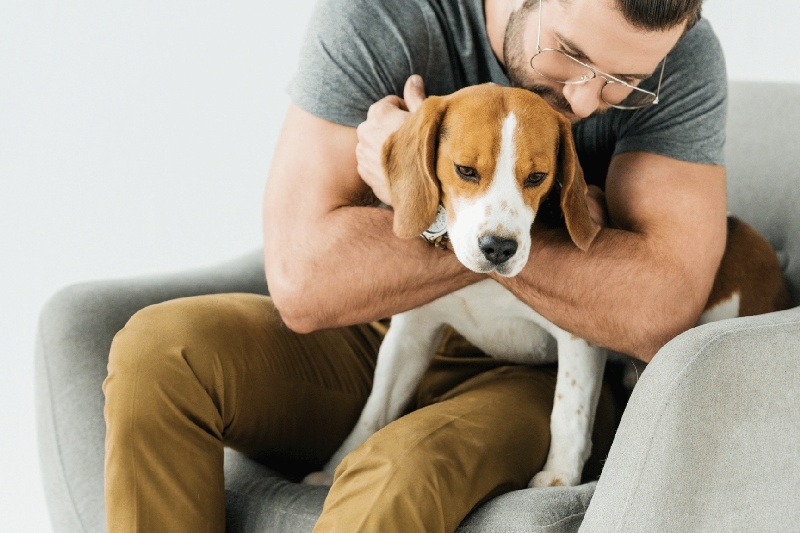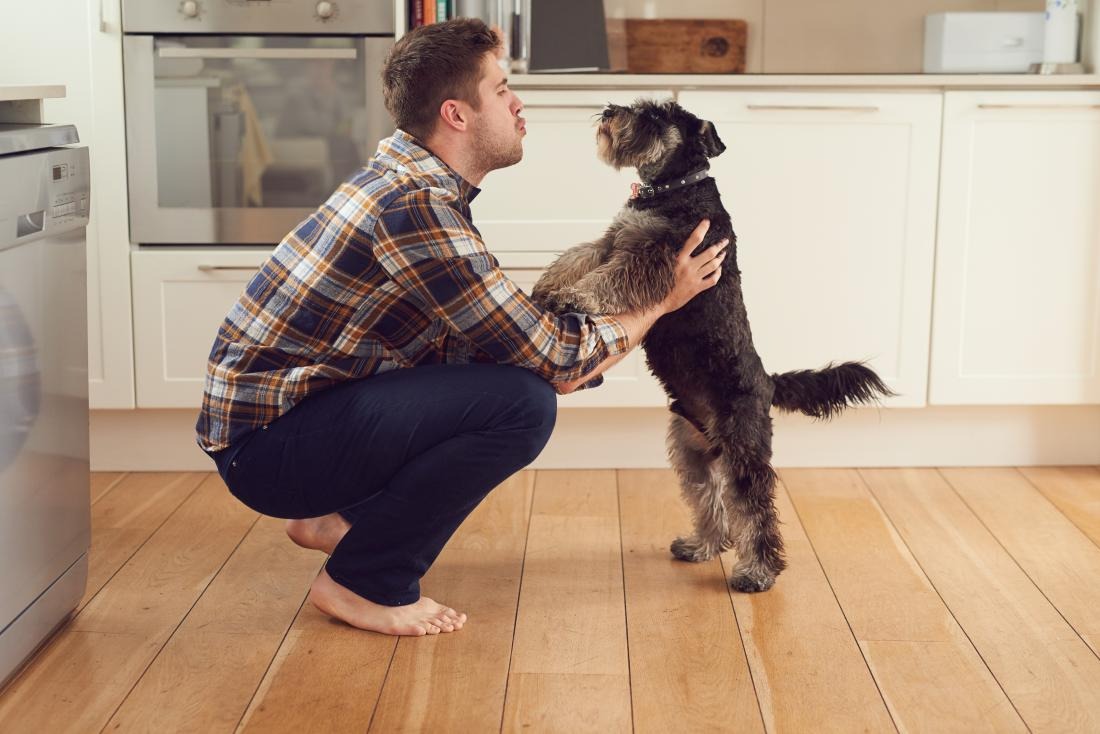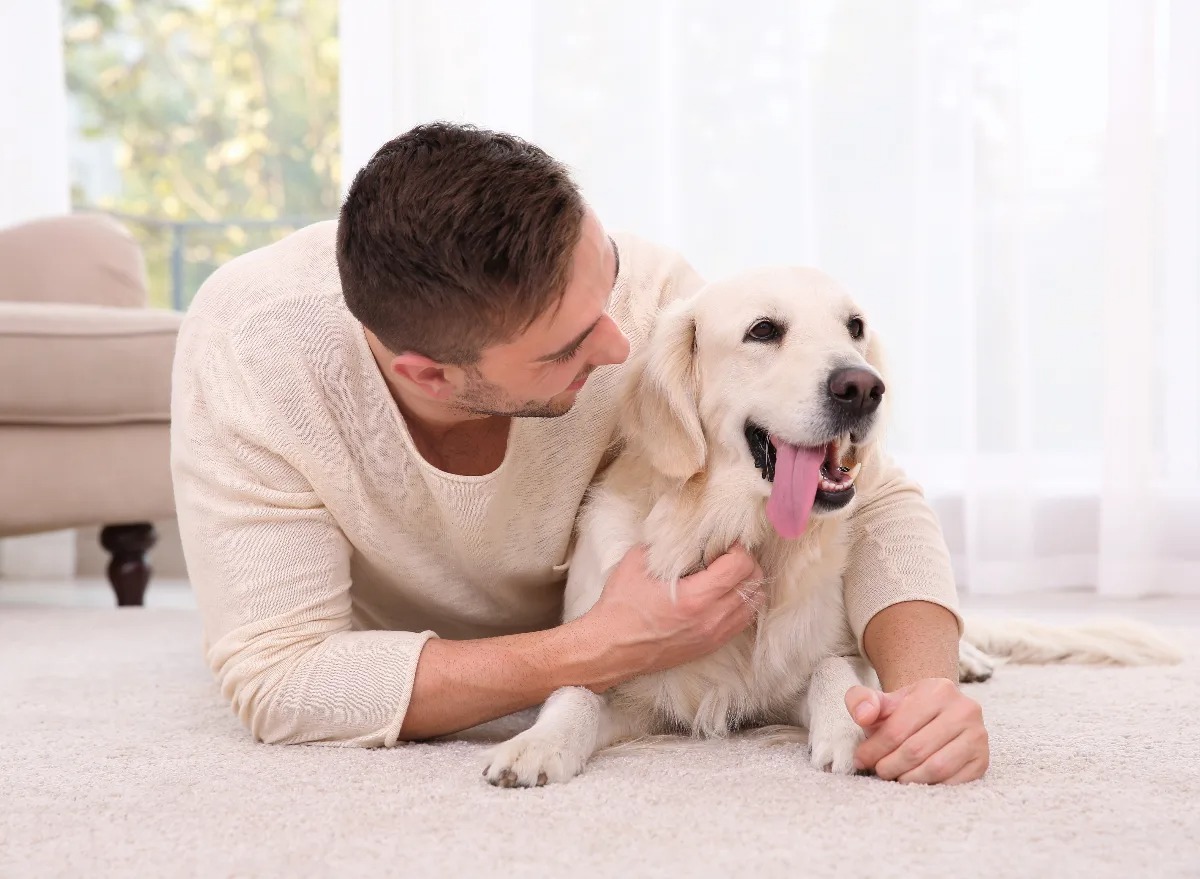What we say to our dogs is important, but how we say it is crucial. Our sounds and body language give our pets clues as to whether we are giving orders, correcting bad behavior, or giving them praise for doing a good job. Knowing what cues you give to your pet will help you communicate better, reduce behavioral problems and strengthen the connection you share with your four-legged friend.

One of the most important rules of talking with your dog is to offer commands in a loud and firm voice. The most effective way to give a command is to first say the name of your dog so that he knows that you are talking to him. However, even before you ask him to sit down or stay, you need to teach your dog to look at himself when he is asked. To do this, draw a line from the eyes of your pet to your eyes with your index finger or a treat. As soon as your dog is in eye contact with you for a few seconds, reward him with a praise and treat. Be consistent when giving orders and always reinforce good behavior with lots of praise. Dogs also use body language to communicate, so make sure you stand and act confidently when you ask your pet to execute a command.

Of course, our pets do not always listen. When correcting the misconduct of your dog, use a more serious tone and short words. Once Fido has learned what a command means, do not just repeat the command, but correct it with “No” followed by the command. If your dog continues to ignore you, place it in the specified position. If he did what you asked, you should reward him with praise, speak in an enthusiastic tone—but not so much that it drives Fido into a frenzy.

People and dogs use a completely different set of body language, and you should also be aware of this when communicating with your pet. If you tell your dog to stop barking, for example, stay calm and stand still — an overly excited owner, giving this command, will only send mixed messages to his pet. Be careful not to fly over your dog, lock him in direct contact with the eyes or hug him in a tight embrace, which can be considered a browbeat. Greet your dog with a hand that he can sniff, rather than a blow to the head that can make Fido feel like you’re going to hit him. If you have a fearful or shy pet, you can even try licking or yawning your lips by averting your gaze, which are soothing gestures when talking to a dog and speaking in a sharper and soothing tone.





